Cultural Crossroads: Blending Traditional Art with Modern Design
In a world that's always changing, the
blending of tradition and modernity often sparks imaginative brilliance. One
captivating domain is the fusion of traditional art with contemporary design.
This dynamic mix not only preserves cultural heritage but also propels it
forward, creating a harmonious conversation between bygone eras and the
present.
Embracing Heritage
At the core of this cultural intersection is a
deep appreciation for traditional art forms. Whether it's the detailed patterns
of indigenous textiles or the age-old techniques of ancient craftsmanship,
these traditions serve as the bedrock for a unique and rich artistic tapestry.
Understanding and respecting these roots is vital in maintaining the
authenticity that gives traditional art its enduring charm.
The Transformation of Contemporary Design
As modern design seeks fresh inspiration, it
naturally gravitates towards the treasure trove of tradition. Embracing clean
lines, minimalism, and innovative materials, modern design provides a canvas where
traditional elements can be reimagined and integrated seamlessly. This
evolution goes beyond aesthetics, involving a thoughtful exploration of
cultural narratives and stories embedded in traditional art forms.
Connecting the Dots
The magic unfolds when traditional art and
modern design find common ground. Architects infuse historical motifs into
contemporary structures, graphic designers draw from ancient calligraphy, and
fashion designers blend traditional textile patterns with cutting-edge silhouettes.
The result is a symphony of tradition and innovation, creating designs that
resonate with both heritage and modern sensibilities.
Cultural Identity in Design
Blending traditional art with modern design
not only adds depth to aesthetics but also fosters a sense of cultural
identity. It becomes a powerful tool for communities to assert their uniqueness
in a globalized world. Through this fusion, artists and designers can
communicate stories of resilience, adaptation, and the enduring spirit of
cultural heritage.
Case Studies: Where Tradition Meets Contemporary
From the integration of Japanese woodblock
prints in contemporary interior design to the fusion of African beadwork with
avant-garde fashion, these examples provide an upfront look at how diverse cultures
contribute to the global design narrative.
Challenges and Opportunities
While the synergy between tradition and
modernity opens up new avenues of creativity, it also presents challenges.
Striking the right balance and avoiding cultural appropriation are paramount
considerations. Designers need to approach this fusion with sensitivity,
ensuring that the collaboration is respectful and mutually beneficial.
Future Trends: Navigating the Cultural Intersection
Looking ahead, the intersection of traditional
art and modern design promises to be a vibrant space for innovation. Exploring
emerging trends such as sustainable design, digital reinterpretations of
traditional art, and cross-cultural collaborations, the path ahead is filled
with exciting possibilities.
In conclusion, the merger of traditional art and modern design is a celebration of cultural diversity and a testament to the timeless beauty of human creativity. As designers continue to navigate this cultural intersection, they have the power to shape a global aesthetic that honours the past while embracing the limitless potential of the future.





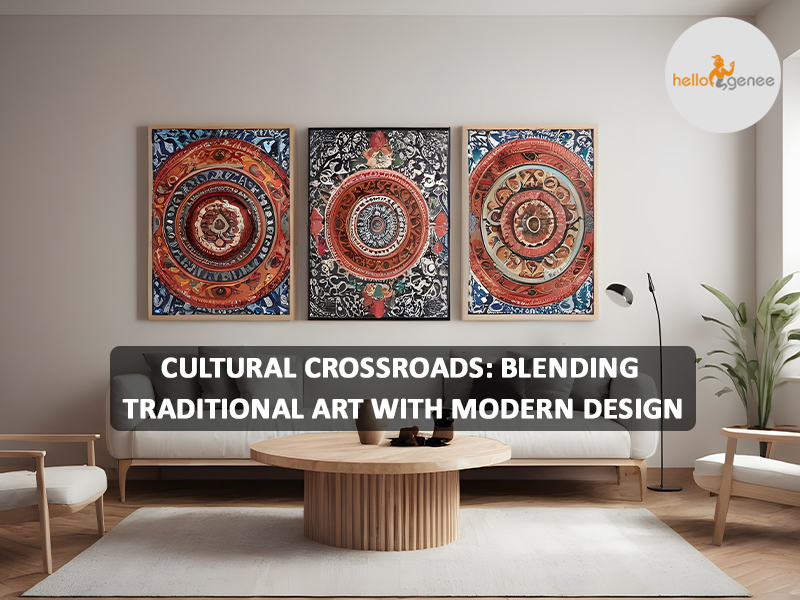
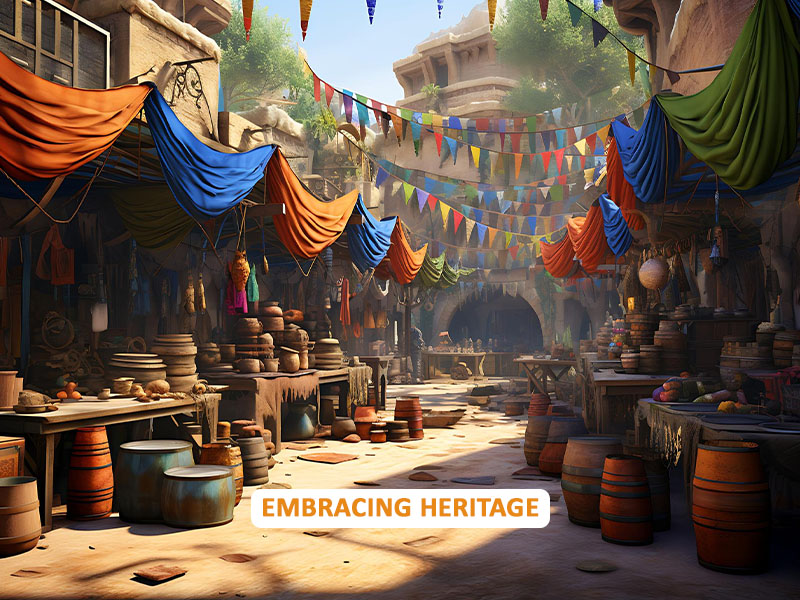
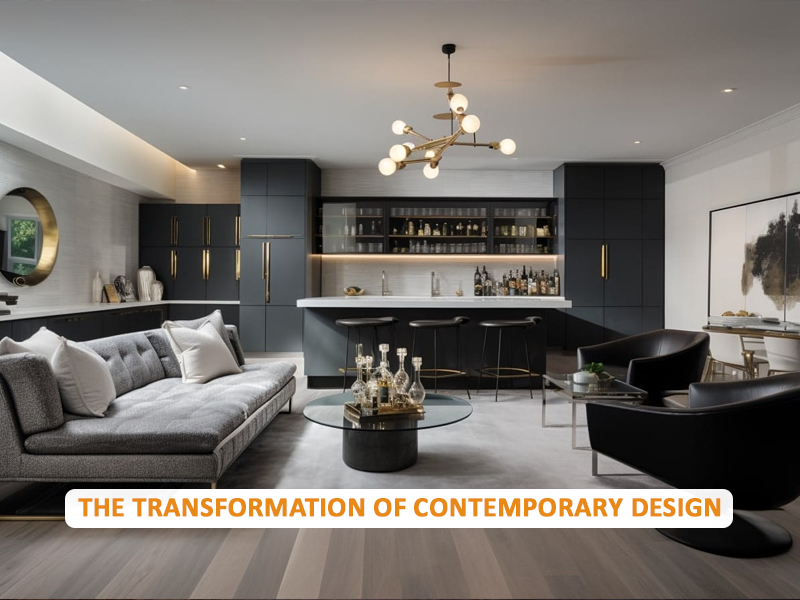
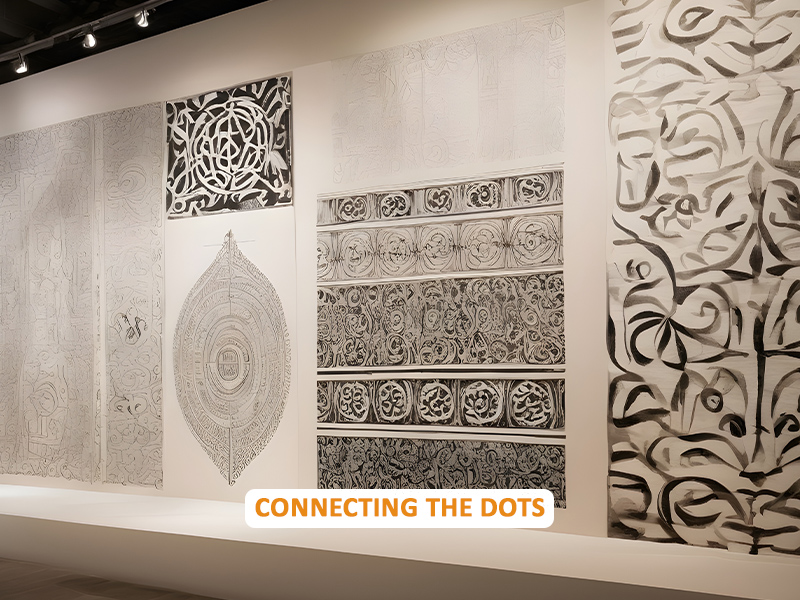
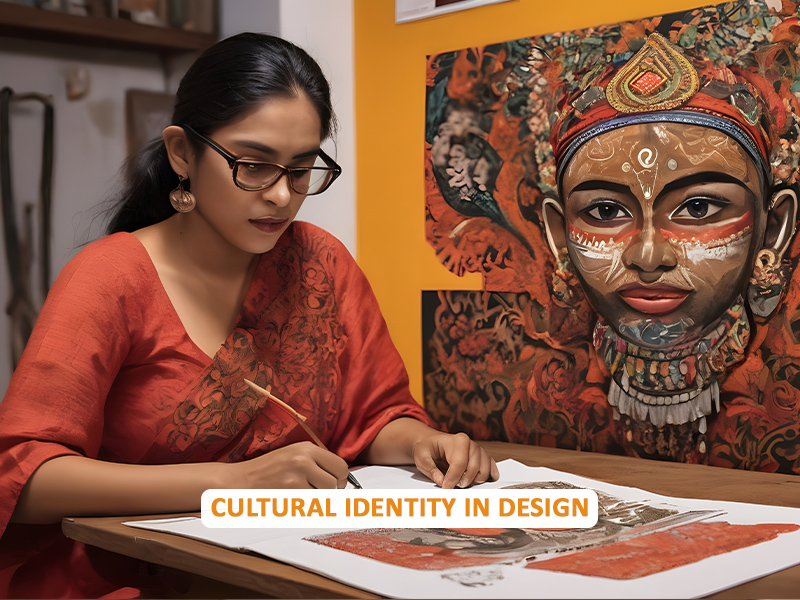

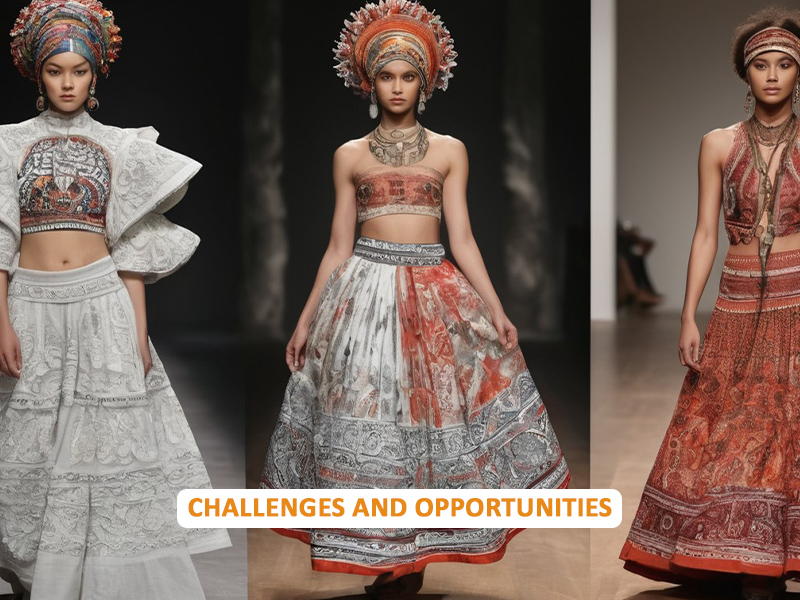
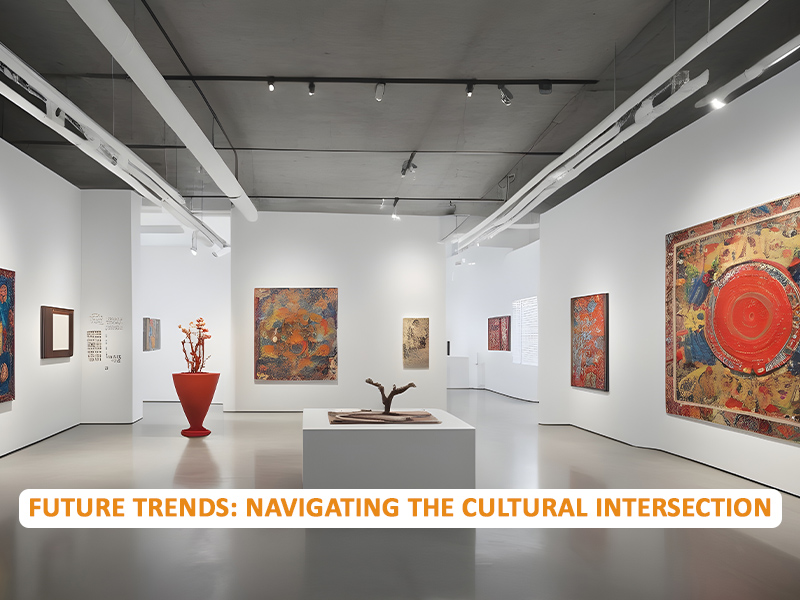






Comments